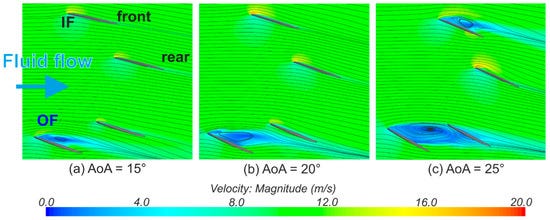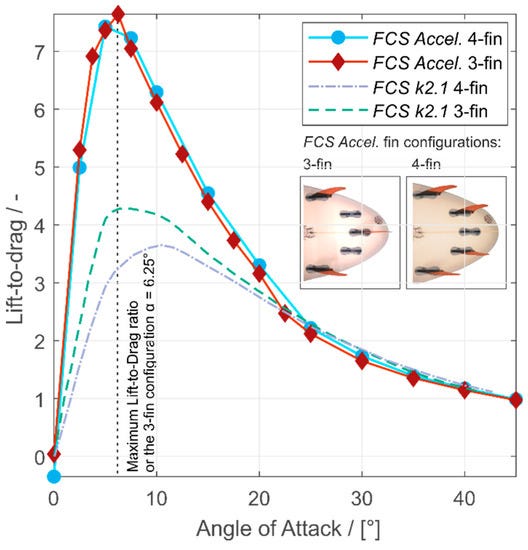Fins Part Four: Why choose a quad setup?
If three fins are so good, four must be better, right? Sebastian Falk and colleagues at Friedrich-Alexander University recently put a quad setup through computational fluid dynamics modeling to understand why four fins might be better than three - or why they might not be.
The quad's fundamental trade-off became clear in their data. Compared to thrusters, quads produce higher absolute lift forces due to having more fin area working. But they also generate significantly more drag, creating a setup that's slower in nearly every scenario yet offers enhanced directional stability. You're essentially bartering speed for control, a trade that becomes valuable when maintaining your line matters more than quick direction changes.
The positioning of those rear fins drives everything about how a quad behaves. The researchers tested ten different rear fin positions and found that moving them closer to the board's centerline drops maximum lift significantly. Place them directly in line with the front fins, and they start behaving like two large fins rather than four separate ones - essentially a pair of gap-toothed keel fins.

Flow separation creates hide-and-seek dynamics between the four fins. The rear outside fin might be completely shadowed by the front fin during certain maneuvers, essentially taking it out of the equation until the board angle changes enough to put it back in clean water. The quad's redundancy pays off: when one fin loses effectiveness, you've still got three others working to maintain control.
At moderate angles—those flowing carves that carry speed down the line—the interaction between front and rear fins helps maintain predictable behavior. The research shows that while the maximum lift-to-drag ratio occurs around 5-7 degrees for optimal speed, quads maintain higher absolute control forces across a broader range of turning angles. Push the angle steeper beyond 20 degrees, and you start getting alternating vortices that create vibrations through the board, similar to what happens with thrusters.
The speed penalty for all this stability is real, but so are the benefits. Quads consistently produced higher drag across nearly all turning angles, making them slower than thrusters. However, this drag translates directly into grip: that resistance you feel is water being displaced in a controlled manner rather than chaotic turbulence. The higher absolute lift forces mean more predictable feedback through your feet, like the difference between power steering that gives you road feel versus a disconnected system that leaves you guessing.

The research revealed clear positioning strategies that shape performance. Moving rear fins toward the tail creates more consistent lift at steep angles but increases drag significantly. Positioning them closer to the centerline reduces overall lift but can lower drag, with the optimal lift-to-drag ratio increasing by about 9.5% when moving rear fins toward the centerline.
The research validates the sensation that quads demand more deliberate input and reward committed turns over quick pivots: you can't just flick a quad around like a thruster.
So back to the original question—are four fins better than three? The answer depends entirely on what you're looking for. Quads trade speed for stability, maneuverability for grip. When that trade-off aligns with your surfing goals, four fins deliver advantages that three simply can't match. There is a reason that plenty of big wave boards have that extra fin.
Further Reading:


That's very interesting. I remember when quads first came out a few years ago, I had this discussion with a friend of mine. He was saying that I had to try a quad because they were faster. I told him dude, that's impossible, there is literally an extra fin. Extra fin equals more drag quals slower. Anyway, a few years later, and I finally did try a quad and... yes, they are faster.
Maybe its because of how we surf a quad, we're going more down the line and not top to bottom, so maybe it just feels faster. Or... maybe its got to do with those vortices, where the back fin doesn't experience as much drag because its hiding behind the front fin and just channeling all the water down the center of the board.
But, yeah, I reckon most surfers would agree, quads are faster.
Quads are way faster in the surf. This past winter while in Hawaii I had a board made with five boxes. I took it out as a thruster the first couple days - worked great. Next, I surfed it as a quad - worked better. Same spot with same sized waves (a little overhead). As a quad it was much faster. I could make it around sections that I could not when it was set up as a thruster. I then had a singe fin longboard modified to add four boxes. When I rode that as a quad I had the same experience. I believe the conventional thinking is that when a thruster and quad are on the rail they both have two fins in the wave, but the thruster trailing fin slows the board down due to its position in the center of the board. Same with a single fin, the large center fin in the middle of the board slows it down. While not impossible, I think it is very difficult to replicate this in the lab how a board works in the surf.
Also, thx for your great Substack.